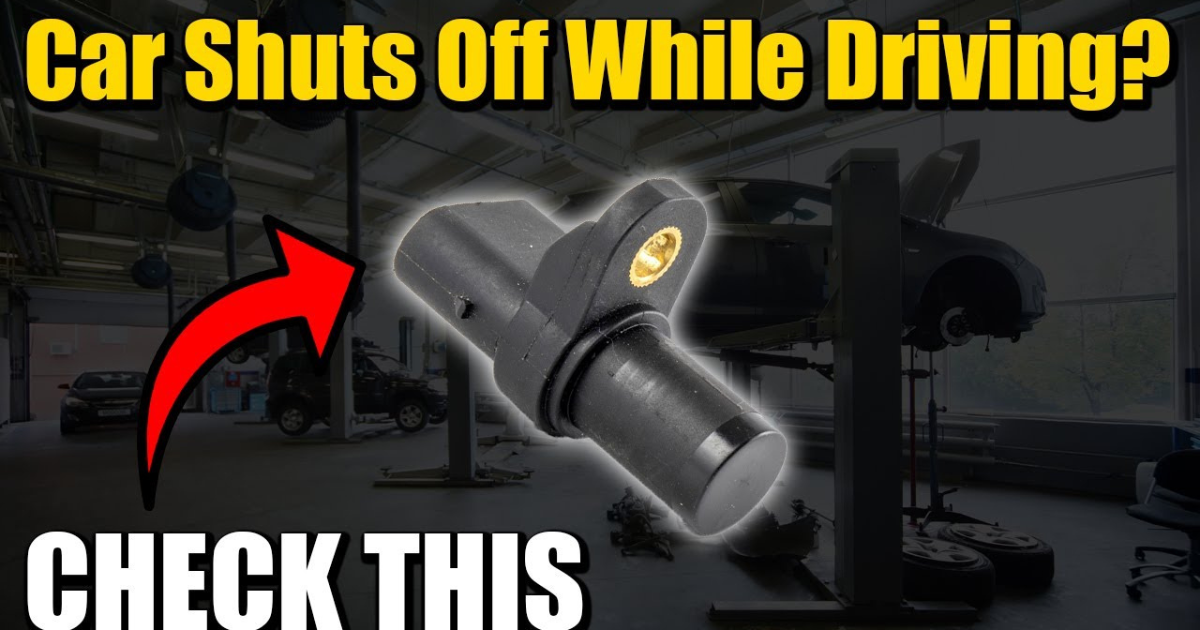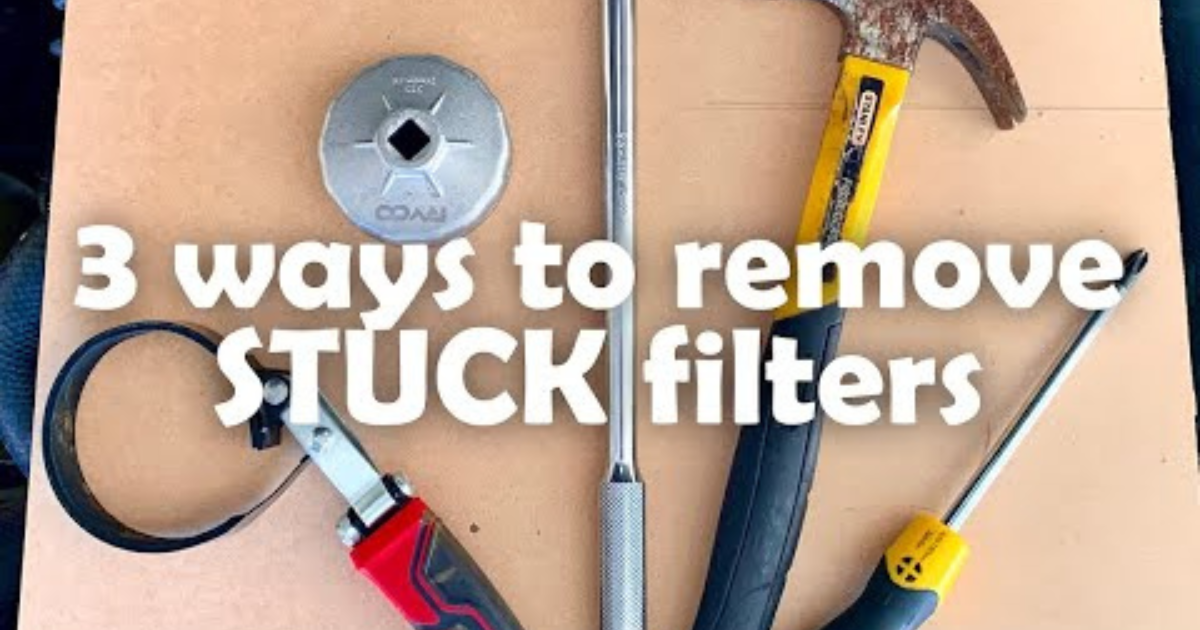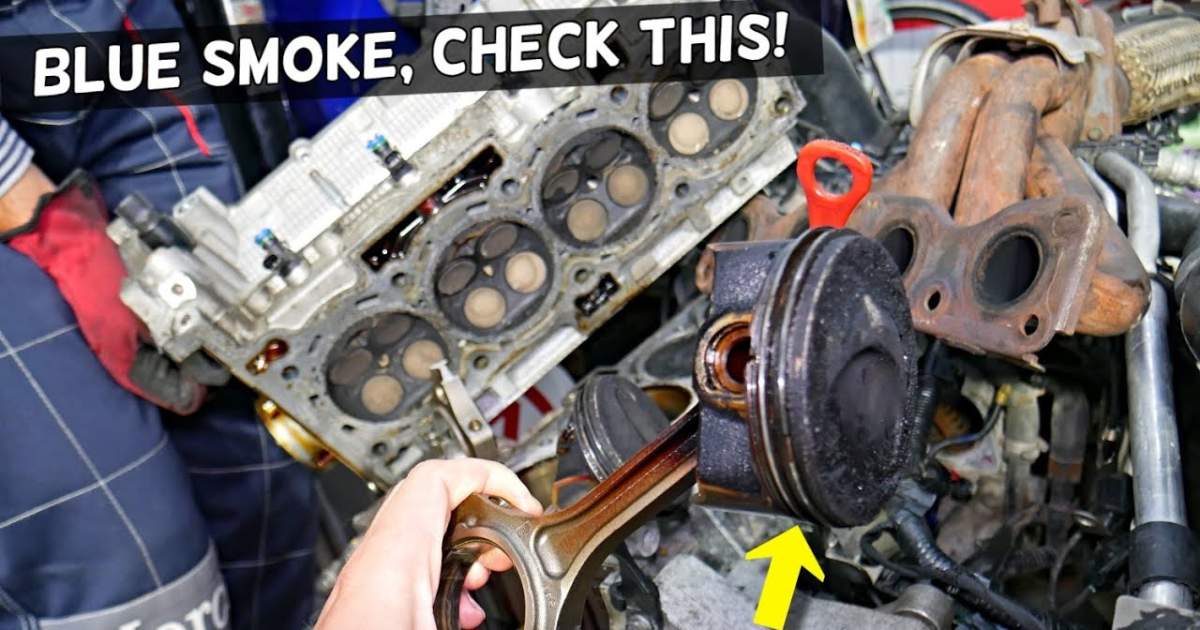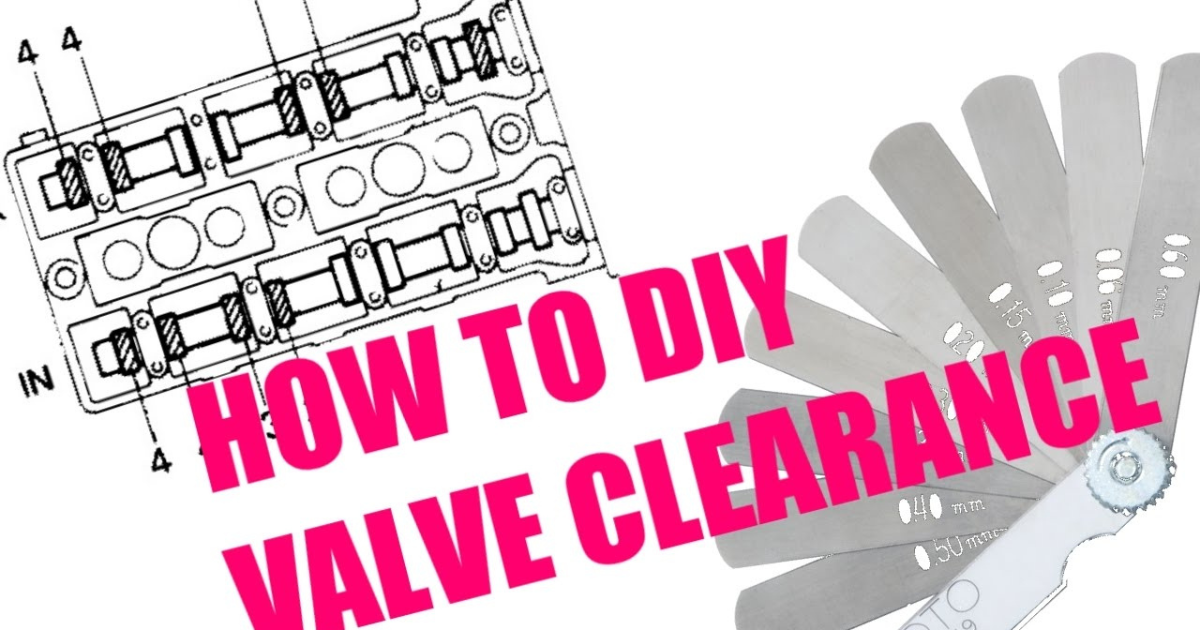Tire bubbles can be dangerous and should not be ignored. They have the potential to burst while driving, leading to collisions and serious consequences. It is important to understand what causes bubbles on tires and how to prevent them to ensure road safety.
Understanding Tire Bubbles

When there are bubbles on tires, it means that the inner layer of the tire has been damaged. This inner layer, also known as the inner lining, is responsible for maintaining the air pressure inside the tire. Although tire manufacturers use strong materials to make tires durable, the inner lining is not as strong as the outer layers. When the inner lining gets damaged, the air is trapped between the layers, forming a bubble on the tire.
Causes of Bubbles on Tires
- Driving on Rough Pavement: One of the primary causes of tire bubbles is driving on uneven or rough roads. This includes not slowing down on road bumps, driving over potholes, sharp debris, or engaging in off-roading. These actions can gradually create lumps on the tire’s sidewall, leading to bubbles. It is important to avoid such road conditions or drive carefully and slowly if there is no alternative.
- Overloading the Vehicle: Tires bear the entire weight of the vehicle, and overloading them puts excessive stress on the tires. Different tires have different load capacities, and exceeding these capacities can lead to tire stress and eventually result in bubbles. It is crucial to avoid overloading the vehicle and ensure that the weight carried does not exceed the tire’s capacity.
- Bumping into Curbs: Accidental bumps into curbs can cause bubbles on low-profile tire sidewalls. As tires have direct contact with the road, they experience a great shock during such impacts. Over time, this can damage the inner lining of the tires, allowing air to escape and form bubbles.
- Railway Crossings: Frequent crossing over railway tracks can cause scrubbing bubbles on tires. This is a gradual process, and it may take several months before the bubbles become noticeable. Driving over railway tracks regularly can also cause bubbles on new tires, although it may take longer for bumps to develop.
- Driving with a Flat Tire: Driving with a flat tire can be extremely detrimental. It causes the rim to press against the tire, damaging the inner lining and allowing air to escape to the outer layer. This leads to the formation of bubbles on the tire. It is crucial to address flat tires immediately and either replace them or have them repaired.
- Detached Sidewall Layers: Tires are constructed with multiple layers, including rubber beds, steel wires, and polyester cords. If these layers detach from each other due to weak adhesives or inappropriate hardening during production, the tire can develop bumps and bubbles over time.
- Other Factors: Additional factors that can contribute to tire bubbles include worn-out tire covers, under-inflation of tires, and exposure to low temperatures.
Preventing Tire Bubbles
Preventing tire bubbles is essential for maintaining road safety. Here are some preventive measures:
- Regular Tire Checks: Regularly inspect your tires, especially if you frequently drive on rough roads. Early detection of potential issues can help prevent them from developing into tire bubbles.
- Routine Maintenance: Adhering to a regular maintenance schedule allows mechanics to identify tire damage at an early stage and provide solutions to prevent the formation of bubbles.
- Avoid Driving with Flat Tires: Never drive with a deflated tire, no matter how small the leak may be. Driving with a flat tire causes damage to the inner lining and increases the risk of developing bubbles. When a flat tire occurs, pull over and either replace it with a spare tire or visit a nearby service center for repair.
- Steer Clear of Potholes: Potholes are a major cause of tire bubbles. Whenever possible, avoid driving over potholes. If there is no alternative route, navigate around them and drive slowly to minimize the impact.
- Practice Cautious Driving: Being a responsible and cautious driver can significantly reduce the risk of tire bubbles. Slow down when encountering speed bumps, avoid sudden stops while driving over obstacles, and make every effort to avoid collisions with curbs.
- Avoid Overloading: Do not exceed the weight capacity of your tires by carrying oversized loads. Distribute the weight evenly and ensure that it falls within the recommended limits.




